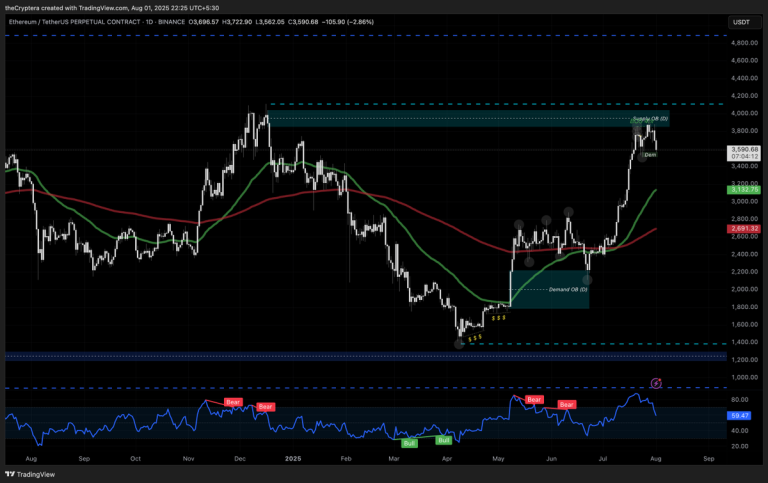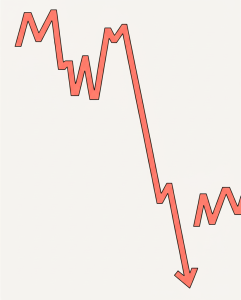
What Does a Trap Really Mean?
Imagine a world where your digital assets are constantly under threat. Now, picture a vigilant guard, always on duty, ready to pounce on any potential danger. This is the essence of a “trap” in the context of blockchain technology, particularly Ethereum. Traps are smart contracts that act as security systems, monitoring and analyzing data to keep your assets safe. But how do they work, and why are they crucial in the ever-evolving landscape of blockchain technology?
The Vigilant Guardians
Understanding Smart Contracts
Smart contracts are self-executing contracts with the terms of the agreement directly written into lines of code. They automate the execution of an agreement as soon as predefined conditions are met, eliminating the need for intermediaries. Traps, in this context, are specialized smart contracts designed to enhance security.
The Role of Traps
Traps function like security cameras and alarms in a smart home. They constantly monitor the blockchain for any unusual activity. For instance, they can detect patterns that indicate a potential hacking attempt or fraudulent transaction. By analyzing data from various parts of the blockchain, traps can identify and mitigate threats before they cause significant damage.
The Ethereum Blockchain
The Need for Security
Ethereum, one of the most popular blockchain platforms, is a hub for decentralized applications (dApps) and smart contracts. However, its popularity also makes it a prime target for cyberattacks. Traps play a crucial role in safeguarding Ethereum’s ecosystem by providing an additional layer of security.
How Traps Work
Traps use advanced algorithms to analyze blockchain data. They can monitor transaction patterns, identify suspicious activities, and even predict potential threats. For example, if a trap detects an unusual spike in transaction volume from a single address, it can flag it for further investigation. This proactive approach helps in preventing fraud and ensuring the integrity of the blockchain.
The Future of Blockchain Security
Evolution of Traps
As blockchain technology continues to evolve, so will the traps that protect it. Future traps may incorporate artificial intelligence and machine learning to become even more effective. These advanced traps could learn from past incidents, adapt to new threats, and provide real-time protection.
Integration with Other Technologies
Traps can also be integrated with other security measures, such as multi-factor authentication and decentralized identity systems. This multi-layered approach will make blockchain networks even more secure, fostering trust and encouraging wider adoption.
Conclusion: The Imperative of Traps
In the dynamic world of blockchain technology, security is paramount. Traps, as vigilant guardians, play a vital role in protecting digital assets and ensuring the integrity of blockchain networks. As we move forward, the evolution of traps will be crucial in addressing new challenges and maintaining the trust of users. The future of blockchain security lies in the continuous innovation and integration of advanced traps, paving the way for a safer and more reliable digital landscape.







